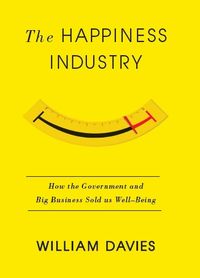Australian occupational health and safety (OHS) professional, Paul Breslin, is continuing his research into the use and application of the Safe Work Method Statement (SWMS) in the construction industry. His latest paper, recently published in the Journal of Health, Safety and Environment (subscription only) asks an important question:
“If administrative controls are one of the lowest levels of control measures under the hierarchy of control, why has the Safe Work Method Statement become a central element in ensuring safety in the Australian construction industry?”
Breslin’s article title summarises the frustration of many OHS professionals where safety relies on lower order controls of the

 Part of the core duties of any occupational health and safety (OHS) regulator is the production of data. Recently Safe Work Australia (SWA) released its “
Part of the core duties of any occupational health and safety (OHS) regulator is the production of data. Recently Safe Work Australia (SWA) released its “ As the Australian Government analyses the
As the Australian Government analyses the